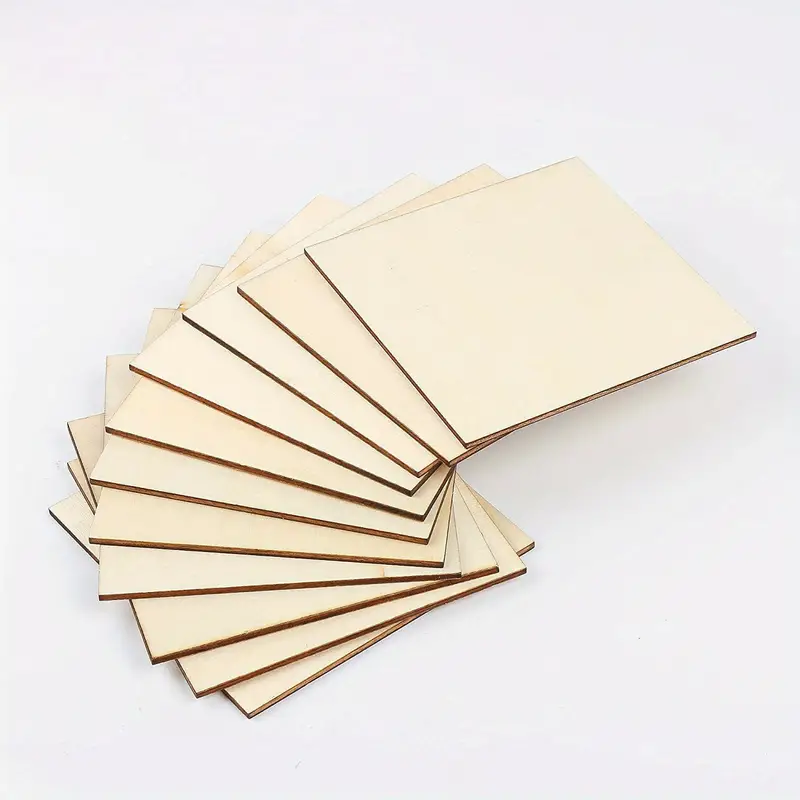Exploring the utilization of sawdust and wood chip composites for building materials offers sustainable alternatives, harnessing natural resources while reducing waste, potentially providing cost-effective and environmentally friendly solutions for construction projects.
Building a Sustainable Future: The Benefits of Sawdust & Wood Chip Composites in Construction
Sustainable building practices have become increasingly important in recent years as the world grapples with the effects of climate change and the need to reduce our carbon footprint. Traditional building materials, such as concrete and steel, have a significant negative impact on the environment due to their high carbon emissions and energy-intensive production processes. As a result, there has been a growing interest in finding alternative materials that are more sustainable and environmentally friendly.
One such alternative is the use of sawdust and wood chips in construction. Sawdust and wood chips are byproducts of the timber industry and are typically considered waste. However, they can be repurposed and used as building materials, offering a range of benefits over traditional materials. In this article, we will explore the advantages of using sawdust and wood chips in construction, their environmental impact, their role in reducing carbon footprint, their durability and longevity, cost-effectiveness, versatility, safety and health benefits, aesthetics, and their potential for a more sustainable future.
The Advantages of Using Sawdust & Wood Chips in Construction
There are several advantages to using sawdust and wood chips in construction. Firstly, they are a renewable resource. Unlike traditional building materials that require extensive mining or extraction processes, sawdust and wood chips can be sourced from sustainably managed forests. This means that they can be replenished over time, making them a more sustainable choice.
Secondly, sawdust and wood chips have excellent insulation properties. They have low thermal conductivity, which means they can help regulate temperature and reduce energy consumption for heating or cooling purposes. This can lead to significant energy savings over the lifetime of a building.
Furthermore, sawdust and wood chips are lightweight yet strong materials. They can be used to create composite materials that are as strong as traditional building materials but much lighter in weight. This makes them easier to transport and handle during construction, reducing the overall carbon footprint of the project.
The Environmental Impact of Traditional Building Materials
Traditional building materials, such as concrete and steel, have a significant negative environmental impact. Concrete production alone is responsible for approximately 8% of global carbon emissions. The process of extracting raw materials, such as limestone and clay, and the energy-intensive process of heating them to high temperatures to produce cement, contribute to these emissions.
Steel production also has a high carbon footprint. The extraction of iron ore and the smelting process require large amounts of energy, resulting in significant carbon emissions. Additionally, the mining of raw materials for steel production can lead to deforestation and habitat destruction.
The Role of Sawdust & Wood Chips in Reducing Carbon Footprint
Sawdust and wood chips can play a crucial role in reducing carbon footprint in construction. As mentioned earlier, they are a renewable resource that can be sustainably sourced from forests. By using these byproducts instead of traditional building materials, we can reduce the demand for concrete and steel production, which are major contributors to carbon emissions.
Furthermore, sawdust and wood chips have a lower carbon footprint compared to traditional materials. The production process for sawdust and wood chip composites requires less energy and emits fewer greenhouse gases. This makes them a more environmentally friendly choice for construction projects.
Reducing carbon footprint is essential in construction as it helps mitigate climate change and its associated impacts. By using sustainable building practices and materials like sawdust and wood chips, we can contribute to a more sustainable future.
The Durability and Longevity of Sawdust & Wood Chip Composites
Sawdust and wood chip composites are known for their durability and longevity. When properly treated and protected from moisture, they can last for decades without significant degradation. This makes them suitable for various applications in construction, including flooring, walls, and even structural elements.
Compared to traditional building materials, sawdust and wood chip composites have comparable or even better durability. For example, wood chipboard can be used as a substitute for plywood or particleboard in construction. It is made by compressing wood chips with a resin binder, resulting in a strong and durable material that can withstand heavy loads.
Additionally, sawdust and wood chip composites have excellent resistance to fire when treated with fire-retardant coatings. This makes them a safer choice for construction, as they can help prevent the spread of fire and provide additional time for evacuation.
The Cost-Effectiveness of Sawdust & Wood Chip Composites
One of the advantages of using sawdust and wood chip composites in construction is their cost-effectiveness. While the initial cost of these materials may be slightly higher than traditional materials, they can save money in the long run.
Firstly, sawdust and wood chip composites have excellent insulation properties. This means that buildings constructed with these materials require less energy for heating and cooling, resulting in lower energy bills over time.
Secondly, sawdust and wood chip composites are lightweight materials that are easier to transport and handle during construction. This can lead to reduced labor costs and faster construction times.
Furthermore, the use of sawdust and wood chip composites can contribute to LEED (Leadership in Energy and Environmental Design) certification, which is a globally recognized green building rating system. Buildings that meet LEED standards are eligible for various incentives and tax benefits, further reducing the overall cost of construction.
The Versatility of Sawdust & Wood Chip Composites in Construction
Sawdust and wood chip composites offer a wide range of applications in construction due to their versatility. They can be used for various purposes, including flooring, walls, roofing, and even structural elements.
For example, sawdust can be mixed with cement to create lightweight concrete blocks or panels. These can be used for walls and partitions, providing excellent thermal insulation and soundproofing properties.
Wood chip composites, such as particleboard or fiberboard, can be used for flooring or cabinetry. They are easy to work with and can be cut, shaped, and finished to achieve the desired aesthetic.
Additionally, sawdust and wood chip composites can be used as an alternative to traditional insulation materials, such as fiberglass or foam. They can be blown into wall cavities or used as loose-fill insulation, providing excellent thermal performance and reducing energy consumption.
The Safety and Health Benefits of Sawdust & Wood Chip Composites
Sawdust and wood chip composites offer several safety and health benefits compared to traditional building materials. Firstly, they are non-toxic and do not release harmful chemicals into the air. This is especially important for indoor environments where occupants may be exposed to volatile organic compounds (VOCs) emitted by certain building materials.
Secondly, sawdust and wood chip composites have excellent acoustic properties. They can absorb sound waves and reduce noise transmission, creating a quieter and more comfortable living or working environment.
Furthermore, sawdust and wood chip composites are less prone to condensation and mold growth compared to traditional materials. This is because they have lower moisture content and better moisture resistance. This can help improve indoor air quality and reduce the risk of respiratory issues associated with mold exposure.
The Aesthetics of Sawdust & Wood Chip Composites in Construction
Sawdust and wood chip composites offer a unique aesthetic appeal that can enhance the look of a building. The natural grain patterns and textures of wood can create a warm and inviting atmosphere, adding character to any space.
Furthermore, sawdust and wood chip composites can be stained or painted to achieve a desired color or finish. This allows for greater design flexibility and customization, making them suitable for various architectural styles and interior design concepts.
Additionally, the use of sawdust and wood chip composites can contribute to a biophilic design approach, which seeks to incorporate elements of nature into the built environment. This can have a positive impact on occupant well-being and productivity, as studies have shown that exposure to natural materials can reduce stress and improve cognitive function.
The Future of Sustainable Building with Sawdust & Wood Chip Composites
The use of sawdust and wood chip composites in construction has the potential to revolutionize the industry and contribute to a more sustainable future. As the demand for sustainable building practices continues to grow, there is an increasing need for alternative materials that are renewable, low-carbon, and environmentally friendly.
Sawdust and wood chip composites offer a viable solution to these challenges. They are readily available, cost-effective, versatile, and have a lower carbon footprint compared to traditional materials. With advancements in technology and manufacturing processes, it is likely that we will see an even greater adoption of these materials in the future.
Furthermore, the use of sawdust and wood chip composites aligns with the principles of circular economy, which aims to minimize waste and maximize resource efficiency. By repurposing waste materials from the timber industry, we can reduce landfill waste and create a more sustainable construction industry.
The Importance of Sustainable Building Practices for a Better Future
In conclusion, sustainable building practices are crucial for creating a better future for our planet. The use of sawdust and wood chip composites in construction offers numerous benefits over traditional building materials. They are renewable, have a lower carbon footprint, offer excellent insulation properties, are durable and long-lasting, cost-effective, versatile, safe and healthy, aesthetically pleasing, and have the potential to contribute to a more sustainable future.
It is essential for the construction industry to embrace these sustainable practices and materials to mitigate the environmental impact of building projects. Governments, architects, developers, and consumers all have a role to play in promoting and adopting sustainable building practices. By making conscious choices and investing in sustainable materials like sawdust and wood chip composites, we can create buildings that are not only environmentally friendly but also comfortable, safe, and aesthetically pleasing. Together, we can build a better future for generations to come.





